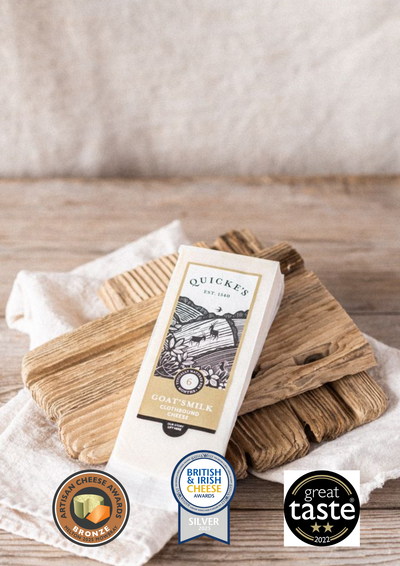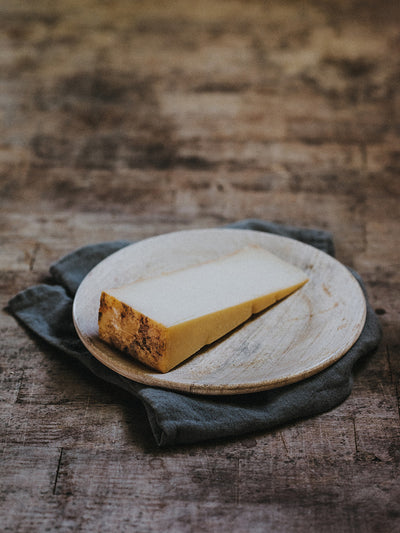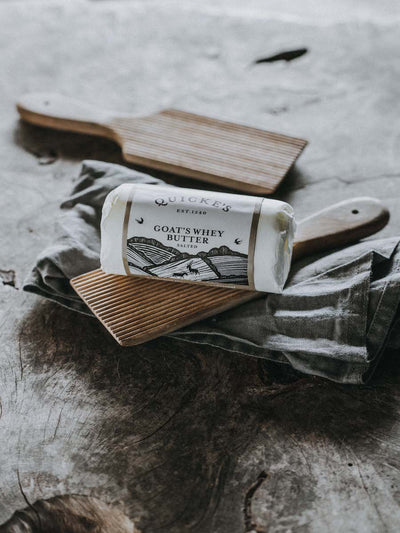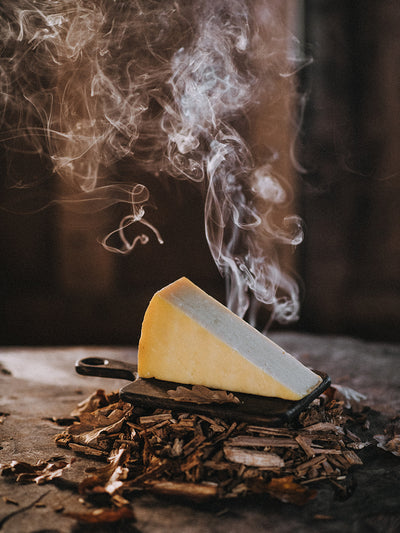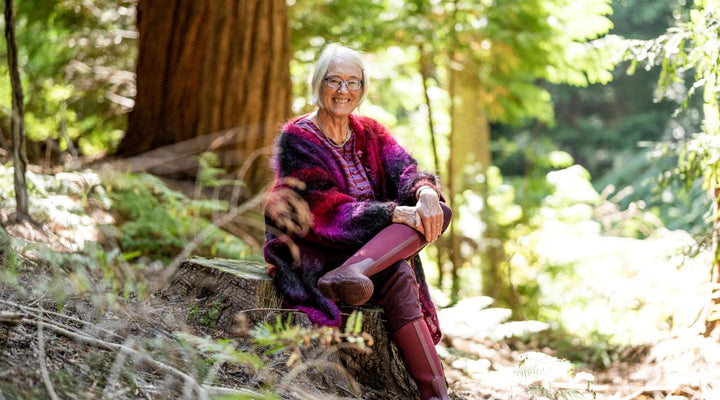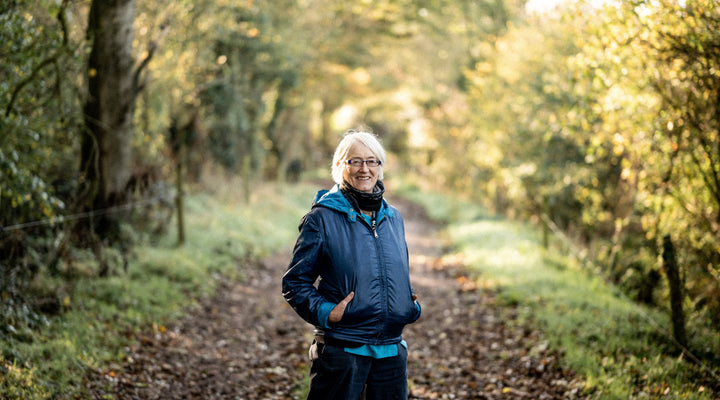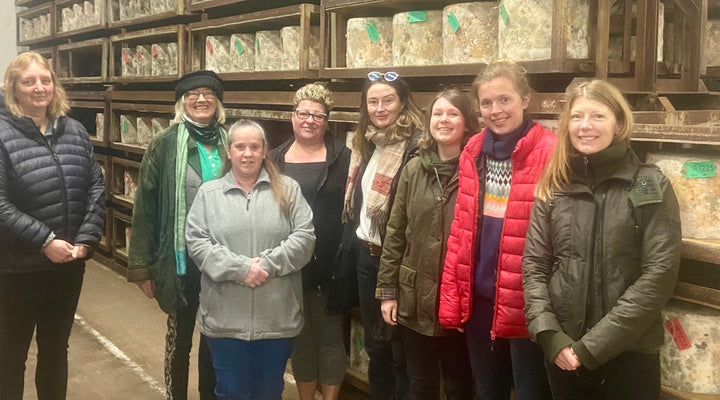NATURE
The sun is now on its journey into the depths of winter. The riotous growth of summer lies in ruins, the earthy and rich aroma of plant decay adding richness to the olfactory world. Late apples are still on the tree; we now harvest as many as we can for our local apple juicer and cider maker, Sandford Orchards. They give the crushed apple pomace back in return to feed the cows. We don't quite manage to harvest all the apples, and the orchards have a sharp cider aroma to them. Cattle eating pomace or grazing in orchards take on a bold, chilled and jovial attitude, a bit like walking into a cider pub in the old days.
There is fruit everywhere. The blackberries have now become a blasted or soggy memory of richness. There are more and plumper sloes and hawthorne berries than I've seen. There have been more puffballs and shaggy ink caps around, a ‘finders, keepers’ bounty. There are lots of earth stars, those bulb-like fungi that unfold to reveal a puffball lying on a star.
We didn't keep the house martens till October, as can sometimes happen; they had disappeared, gone on their long journey to Africa, in August, leaving an odd stillness in the skies around the house. They seemed to rear a lot of chicks, I'm not sure what had them leave so early.
Elegant young foxes swagger, unchallenged kings in their own kingdom. Summer fattened young rabbits make easy prey. The straitened times of winter will take the sassiness and force them into cunning and hard work.
ARABLE
The crops are all harvested, summer richness stored to tide us over for the winter. For our ancestors, ensuring we had the food and feed to survive the winter was the preoccupation of the whole community. The Agricultural Revolution in the eighteen and nineteenth centuries and the Green Revolution of the twentieth century, plus our globalised food supply, means it's just the vanishingly small number of farmers who worry about having enough for the winter. Everyone else goes to the shops, knowing the food will be there. It's easy to knock modern farming, so remote to most people, and modern farming provides everyone with that freedom from fear of winter hunger.
Now, we seize the weather windows to get the autumn down crops in before the weather closes in and makes the soil untouchable before the spring. As long as disease, weeds or hungry mouths don't take too much, autumn sown crops yield more than spring sown ones, harvesting the lower light to put strong roots down. We do keep some spring sown crops, so there is always keep for wildlife: newly sown crops feed nothing. That care for wildlife is in part funded by Europe, and we want to still have the means to do that in the future.
GRASS & COWS
And the grass keeps growing. An arable crop will give four to five tonnes of dry matter yield. Grassland will give twelve to fifteen tonnes properly grazed. The roots are there all year, no need to establish new ones, the undisturbed soil growing in richness and complexity. Autumn grass isn't as sweet or dry as summer grass, and it works well for the spring cows needing belly-fill at the end of their lactation. We supplement the autumn cows with silage, the summer sun captured and pickled. They are just peaking in their lactations. As is nature’s way to retain seasonality, no sooner do they recover from birth than they get frisky and ready for Mr Bull (or his helper, AI man’s arm) next month.
DAIRY
Both herds’ milk is lovely for cheesemaking. Most times of year, we like the mix of the two milks to avoid too much early or late lactation milk unbalancing the cheese. Now both are well behaved, and the mix is a delight to make, the curd firm, not needing adjustments in cut, scald or curd handling to make lovely cheese. We are putting more work into salt mixing, as the Cornish Sea Salt takes more work to mix in. That work seems to give benefits to the richness of flavour in the final cheese, on top of the sea salt zing at the back of the flavour.
We've got a new Italian butter churn just in. This joins our Italian cheese cutter we bought in the spring. The Italians still make the simple and workable machines to make our size of artisan cheese. There are English machines, and they are for much bigger, more mechanized factories. And we went to Brazil to find followers for our 8kg moulds to enable them to make 4kg cheese. It feels like there’s an international community of artisans, no longer marooned in isolated little islands, linked in part by ease of communication.
RECIPE
Sloe gin. It would a crying shame not to use the richness of the hedgerows to make this most unctuous of accompaniments to Quicke's Vintage Cheddar. Pick as many sloes as you have patience to do. Rinse briefly. Put in the freezer to burst. Buy a good quality gin with good aromatics. Put sloes in Kilner jars. I like to max out on fruit: the fruit flavour gets more intense, the more you use: I like to three quarter fill with sloes. Top up with gin. I like to add some almond essence to bring out the aromatics of the gin. Seal the jars. Add the sugar to taste once the gin has extracted all the sugars from the sloes (ripe ones are quite sweet), start with a couple of teaspoons. Shake to dissolve. Leave for as long as you can bear (and a jar or two you find at the back of the larder after a couple of years is very special). Enjoy with Quicke's Vintage Clothbound Cheddar.
M A R Y Q U I C K E

